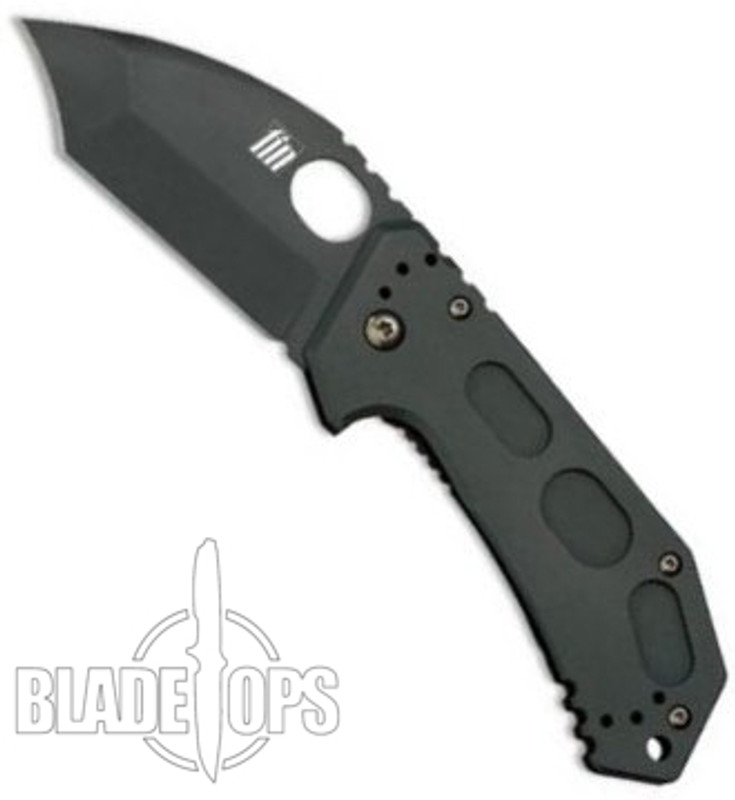What is special about Micarta-handled knives?
Posted by admin on Nov 13th 2012
Immediately after graduating from high school, our son Michael spent four years active duty in the United States Marine Corps. He now works as a ranger with the National Parks Service. One byproduct of his years in service is a fondness for knives of all sorts. He wouldn’t call himself a collector, but I’d tend to disagree.
He owns several KA-BAR knives. I was intrigued by one particular knife – the handle was so red it looked as though it was illuminated from within. I knew it was a KA-BAR, but I’d never seen anything like it. The handle was glossy smooth, hefty enough to give some substance to the knife, and was well-balanced and comfortable to hold.
“What do we have here?” I asked.
“A KA-BAR,” Michael said. “Whaddya think about the handle?”
“What’s it made of?” I asked.
“That’s Micarta,” he answered. Frankly, that didn’t mean anything to me.
Michael – who tends to lose himself in minutiae – had obviously done his homework. He told me that this was a custom handle for that particular model knife.
Micarta handles are quite popular. I learned that Micarta had been around for over one hundred years. The material was trademarked by George Westinghouse and was originally used for electrical insulators.
We own an ancient RCA tube radio made from Bakelite. When it was first marketed, it was a wondrous material, a resin thought to be indestructible. Old school Micarta was made from this same resin and a variety of fibrous materials. Today, Micarta is made from resins layered with fiberglass, cork, linen cloth, cotton fibers, and other fabrics.
Clinical talk aside, what makes a Micarta handle special?
The nature of Micarta is such that it can be manufactured in virtually any color, depending on its formulization. It is strong and durable, and has become a favorite material for use in heavy-duty survival knives. It tolerates extremes of heat and cold, resists moisture, and doesn’t become brittle with age. Most Micarta-handled knives will outlast their owners’ lifespans. The handles simply don’t wear out. Durability can be determined by the type of epoxy used in the handle’s construction, but unless you plan on putting it between a hammer and anvil, sturdiness should not even be an issue. A Micarta handle should stand up to anything a knife should be used for.
Micarta is resistant to solvents, grease, and just about any caustic substance imaginable. Depending on the fibers used in its manufacture, it can be buffed to a fine sheen. However, if you prefer something “grippier,” then textured handles are available, too. Micarta handles made with linen have a canvas-like feel. They won’t escape your grip easily.
Michael feels that Micarta is an excellent material for a knife handle. While other similar materials are routinely used for handles – G10 is a comparable and perhaps more modern alternative – the charm and nostalgic appeal of Micarta is hard to beat.

